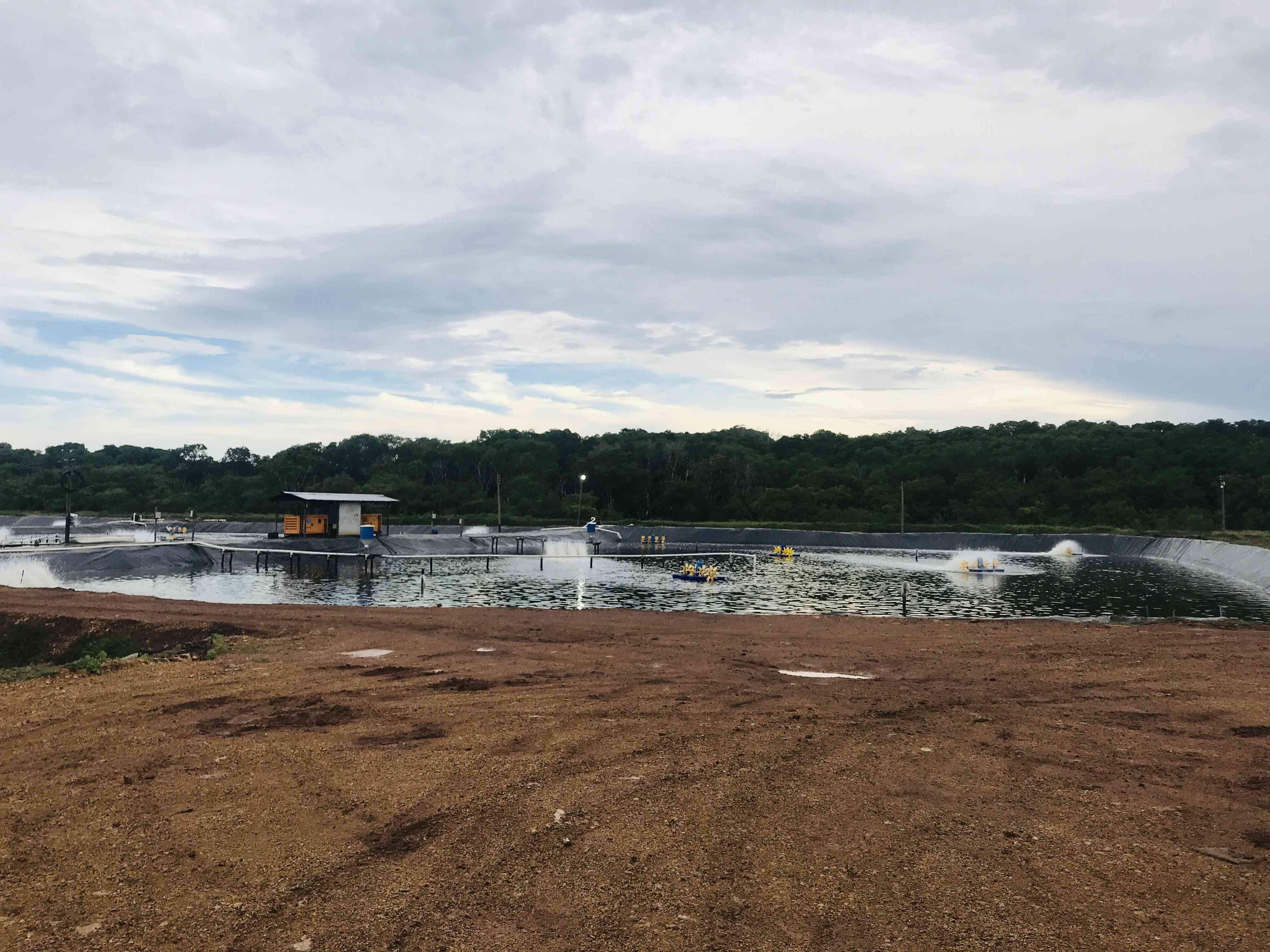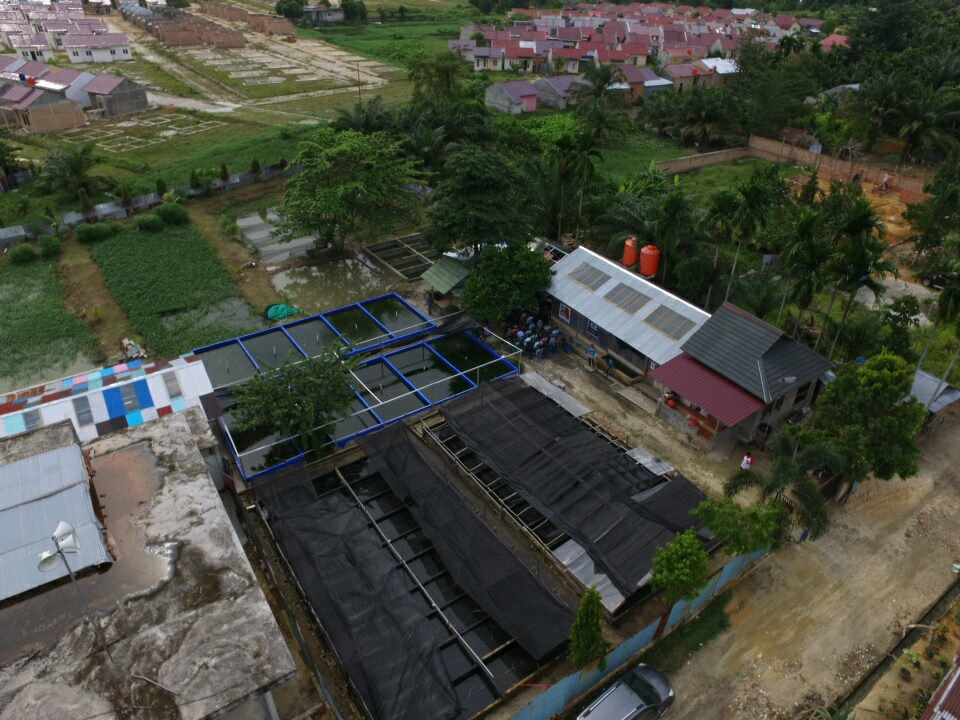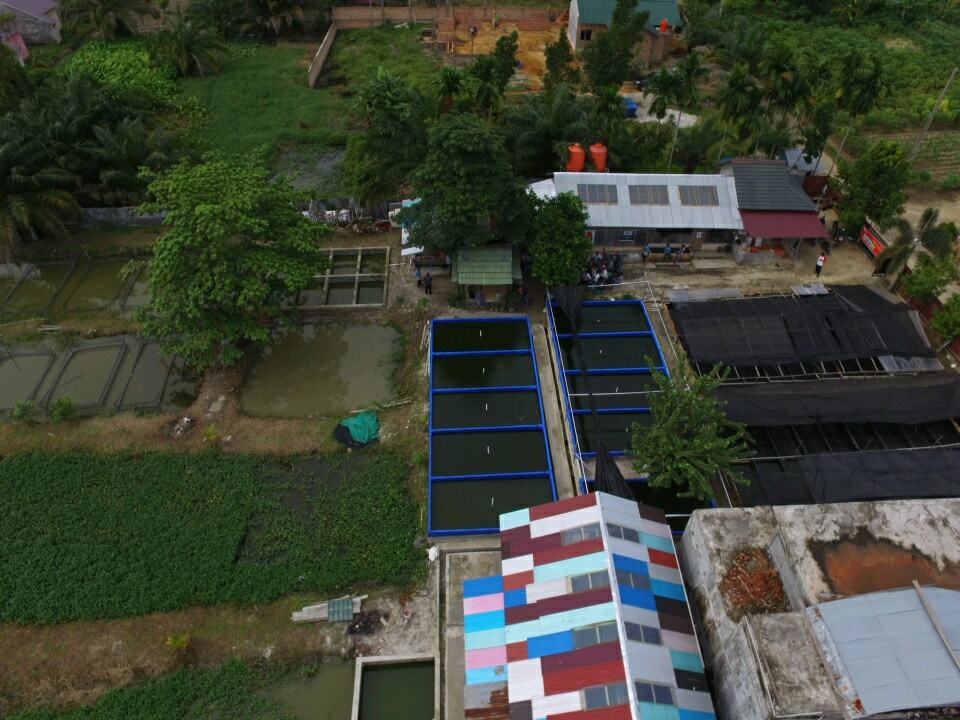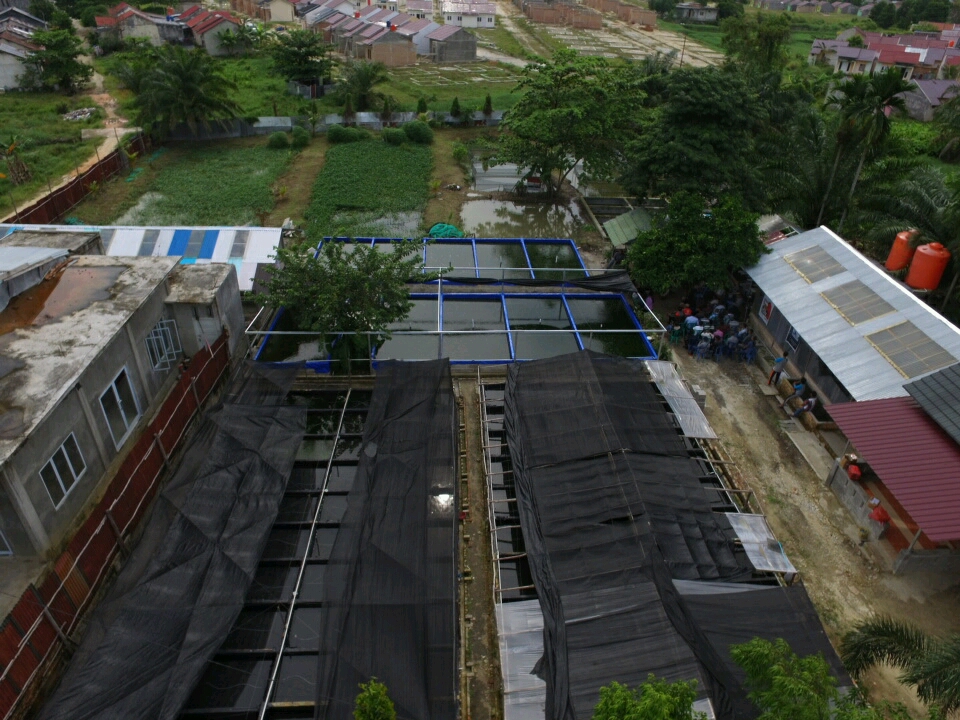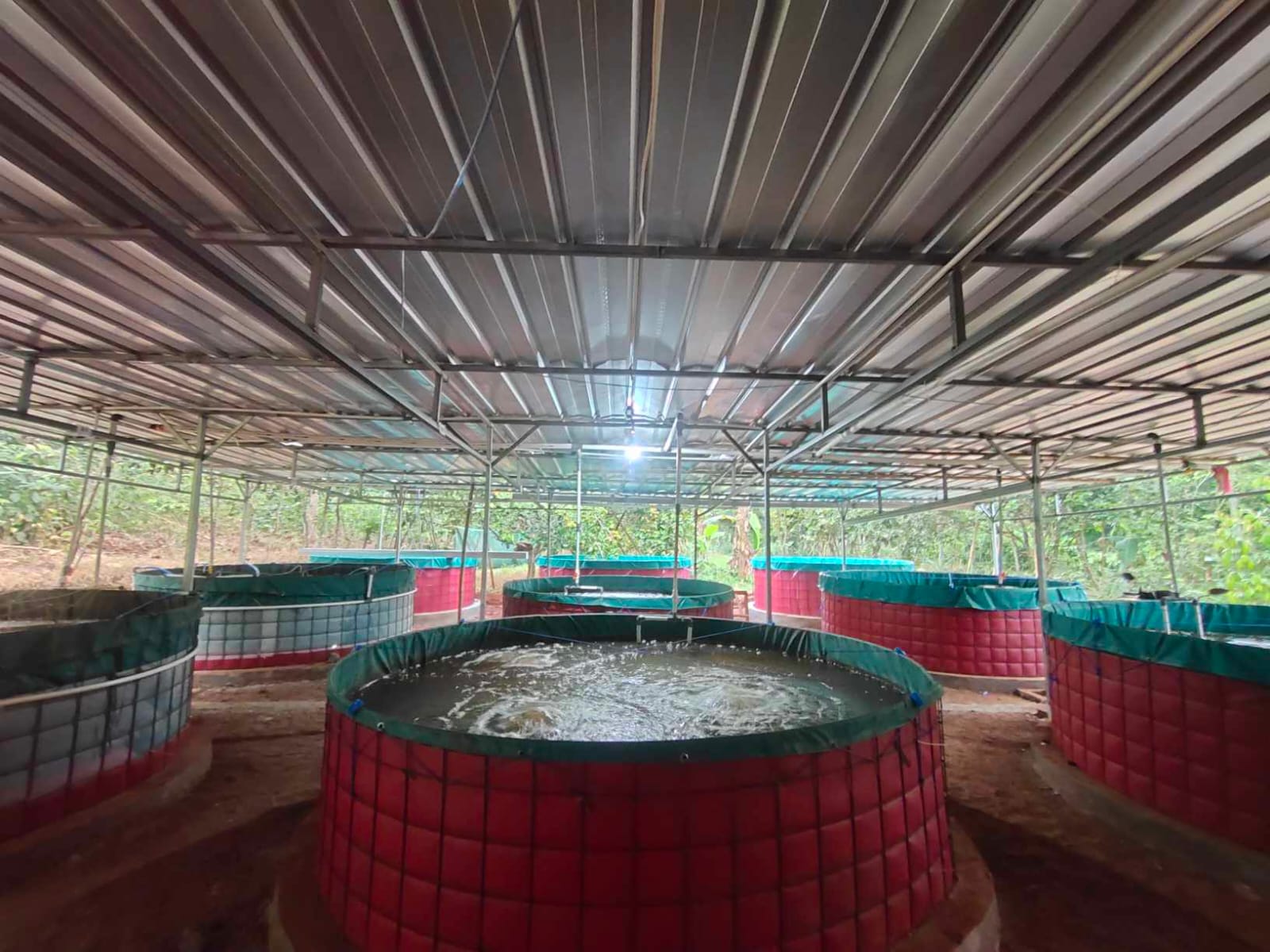Vannamei shrimp cultivation (Litopenaeus vannamei) is one of the fisheries sectors that has high economic potential. In this cultivation, feed management is the first step that must be considered to determine the type, size, frequency and total feed requirements during the maintenance period. Efficient use of feed is very important because feed is the most expensive production factor.
Feed management must be done as well as possible by paying attention to what, how much, when, how many times and how the shrimp are fed. The application of feeding must also be adjusted to the behavior of the shrimp and the cycle of their digestive system to maximize feed use. In addition, attention must be paid to several aspects such as the size of the feed given, the amount of feed given, the method of feeding, feed control, and sampling.
Types and feeding of vannamei shrimp
In the process of rearing vannamei shrimp larvae, there are two types of feed given, namely natural feed (phytoplankton and zooplankton) and artificial feed (commercial). Each type of feed is given in quantity and frequency according to the larval development stage. To meet nutritional needs and increase production in vannamei shrimp cultivation, artificial feed is needed which is mixed from various ingredients. The feed must contain complete and balanced nutrition according to the shrimp's needs.
Nutrition is a very important aspect in feed because if the feed provided has high enough nutritional value, it will not only provide life for shrimp but also accelerate their growth. Just like other animals, shrimp also need certain amounts of special nutrients for growth, body maintenance and defense against disease. These nutrients include protein, fat, carbohydrates, vitamins and minerals.
Feeding of white vannamei shrimp parents
Natural feed
Feed management is one of the main factors in spawning vannamei shrimp. Proper and efficient feeding is very important to support the growth and health of brood shrimp, as well as increasing levels of maturity gonads which will ultimately produce optimal quality and quantity of eggs.
The natural food provided is sea worms, oysters and squid at a dose of 30-40 percent of the biomass. The high protein content in sea worms, oysters and squid is very useful for stimulating gonad maturation in male and female parents. This feeding is done 4-5 times a day in the morning and evening.
Types of natural feed and their nutritional content
1. Sea worms
Marine worms, especially from the group polychaeta, are known to have a very high protein content, which is around 50-70 percent of its dry weight. Apart from that, sea worms also contain essential fatty acids, vitamins and minerals which are important for gonad development. The content of fatty acids such as omega-3 and omega-6 plays an important role in improving shrimp reproductive health.
2. Oysters
Oysters are also an excellent source of protein, with a protein content of around 30-40 percent of dry weight. Apart from that, oysters contain various minerals such as calcium, phosphorus and zinc which are important for the reproductive process. Zinc, in particular, is known to play a role in the function of enzymes associated with gonad maturation.
3. Squid
Squid contains about 60-80 percent protein by dry weight and is also rich in essential amino acids needed for protein synthesis and development of reproductive tissues. The taurine content in squid also plays a role in increasing the vitality and endurance of shrimp.
Artificial feed
Feed management in vannamei shrimp cultivation does not only involve natural feed, but also artificial feed which has an important role in meeting the nutritional needs of parent shrimp. The artificial feed used is usually in pellet form with a minimum protein content of 36 percent. This feeding is carried out with a frequency of 4-6 times a day to ensure that the parent shrimp gets sufficient nutritional intake for growth and gonad maturation.
Artificial feed for white shrimp
Artificial feed in pellet form
Artificial feed given in pellet form has several advantages, including:
1. Measurable nutritional composition
Pellets are made with a measured nutritional composition, ensuring that each pellet contains the required amount of protein, fat, carbohydrates, vitamins and minerals. A protein content of at least 36 percent in pellets is very important to support tissue growth and gonad maturation in parent shrimp.
2. Stability and consistency
Pellets have good physical stability and are not easily destroyed in water, so the nutrients contained in them remain intact until consumed by the shrimp. This ensures that the shrimp get the nutrients they need without much being wasted.
Feeding shrimp larvae (PLs)
Natural feed
The natural food provided is in the form of phytoplankton and zooplankton. The type, dosage and frequency of natural feeding varies at each stage of development of vannamei shrimp larvae. The following is a natural feeding table:
Artificial Feed
The artificial feed given is in the form of powder, liquid and flakes (thin sheets) with particle sizes according to the larval development stage. Zoea (50-100 micrometers), Mysis (100-200 micrometers), and Post Larvae Shrimp (PLs 1-10, 200-300 micrometers) with a minimum protein content of 40 percent and a maximum fat of 10 percent. The following is a table of artificial feeding:
Feeding management
Feed management is the key to success in vannamei shrimp cultivation. In its application, there are several important aspects that must be considered. First, the size of the feed given must be adjusted to the mouth size and development stage of the shrimp. In the early stages of life, shrimp need finer feed so that it is easy to digest and absorb. As they grow, the size of the feed must be increased to suit the shrimp's eating ability. Using feed that is too large or too small can cause feeding inefficiencies and reduce shrimp growth rates, because the shrimp may not be able to consume feed it well.
Automatic feeding machine
Second, the amount of feed given must be adjusted to the shrimp's nutritional needs at each stage of development. Excessive feeding not only causes waste, but can also increase the risk of environmental pollution due to uneaten feed remaining and rotting at the bottom of the pond. This can cause a decrease in water quality and increase the risk of disease. On the other hand, feeding less than what is needed will hinder the growth and health of shrimp, because shrimp do not get enough nutrition to support metabolism and growth processes.
Third, the method of feeding also plays an important role. Feed must be given evenly throughout the pond area so that all shrimp have the same opportunity to get food. Even distribution of feed can be done using appropriate feeding techniques or with the help of an automatic feeding device that can regulate the distribution of feed efficiently.
Feed control is the next important aspect of feeding management. Feed control is carried out to monitor remaining uneaten feed and adjust the amount of feed given in the following period. Use of technology such as a feeding tray can help in feed control, because this tool allows farmers to directly see remaining feed and assess how much feed should be reduced or added. With good feed control, feeding can be optimized so that no feed is wasted, and pond water quality is maintained.
Apart from that, regular sampling is also very important to monitor shrimp growth and health. Sampling is carried out by taking a number of shrimp from the pond to measure and check their health condition. Data from this sampling can be used to adjust feeding strategies, such as increasing or decreasing the amount of feed, changing the type of feed, or adding certain nutritional supplements. Regular monitoring through sampling allows cultivators to detect health or growth problems early and take necessary corrective action.



















